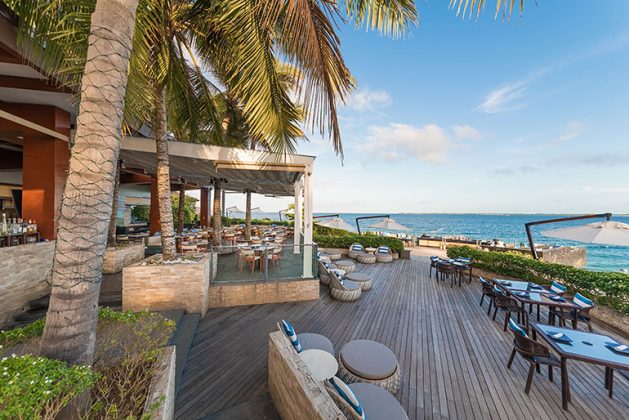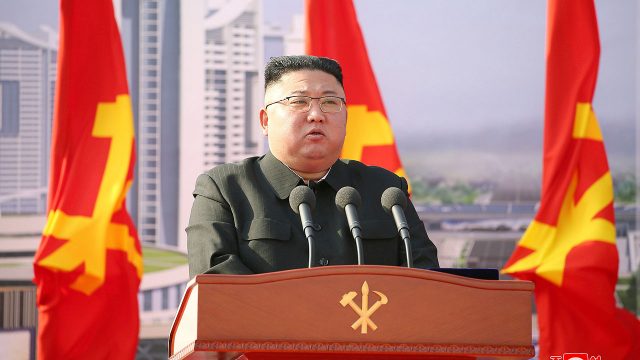By Patricia Mirasol
From autobiographies to mystery novels and classic bestsellers, founders and business professionals give BusinessWorld readers a glimpse of their current reading fare.
The Philippines has a reading culture, the co-founders of the Big Bad Wolf book fair told BusinessWorld in a June interview. This observation is reflected in a 2017 Readership Survey commissioned by the National Book Development Board (NBDB) which found that 94% of its adult respondents enjoy reading.
Filipinos prefer reading physical books — although readership of e-books and audio books are gaining a significant share, the NBDB-commissioned survey showed. The survey found that more than three-quarters (76.75%) of its adult respondents said they had read a printed book in the last year.
E-BOOK OR OTHERWISE?
“There’s an undeniable magic to cracking open a 500-page novel and leafing through it, the tactile progress you make as you move through each chapter, the smell of the paper,” said Santiago J. Arnaiz, a multimedia journalist and venture storytelling consultant. Mr. Arnaiz opts for print when he wants to fully experience a story, and e-books for everything else.
For collectibles, hard copies are also still the preference of Niña L. Terol, chief marketing officer of Talino Venture Labs, a US-registered venture studio for financial services startups. But she still likes e-books for practical reasons.
“I used to be a die-hard, print-only person — until my eyesight started failing and e-books just became more practical,” she said. “Plus, you can bring so many books along during a trip.”
Less screentime, on the other hand, is a priority for both Kim Y. Lato, founder of online gadget store Kimstore, and Stephen Canning, CEO of cloud technology solution provider Jcurve.
“I prefer physical books as I often read at night and have a ‘no devices within three hours of sleep’ rule,” said Mr. Canning. “I do have a Kindle, though, and I take that with me when I travel.”
PROFESSIONAL RECOMMENDATIONS
Self-awareness and practical insights are a prevailing theme among the individuals interviewed by BusinessWorld.
“Robin Sharma is definitely one of my favorite authors,” said Ms. Lato. In The 5 AM Club, she said, the author proposed the merits of creating an early morning routine to get a head start in making the most out of the day, but not necessarily maximizing it (hence avoiding burnout in the long run).
“It’s a must-read for people who are very wired to their schedules, but have yet to create powerful routines that can help them connect with themselves on a deeper, more well-rounded level,” she added.
A visitor browsing Mr. Canning’s bookshelf, meanwhile, will note titles from Ryan Holiday, who writes on ancient philosophy and its place in daily life; Scott Peck, who advocated self-discipline and responsibility in his first book, The Road Less Travelled; and Ichiro Kishimi and Fumitake Koga, whose The Courage to Be Disliked guides readers through the concepts of self-forgiveness and mind decluttering.
His current read is Life & Work Principles by Ray Dalio, an American billionaire investor and founder of Bridgewater Associates, an investment management firm.
“Dalio is a man who understands what it takes to be successful, and he puts his success down to a set of principles,” Mr. Canning said, adding that Dalio’s philosophy could be summed up as “fail well.”
Anyone who wants to make meaningful changes in their business or personal life can benefit from the book, Mr. Canning said, as he summed up two insights he learned from it: using radical transparency to force issues to the surface, and being radically open-minded to tackle blind spots and one’s ego.
Mr. Arnaiz’s and Ms. Terol’s picks, respectively, are The Hard Thing About Hard Things by Ben Horowitz and BE 2.0 (Beyond Entrepreneurship): Turning Your Business into an Enduring Great Company by Jim Collins.
The Collins book has timeless gems that anyone in business should read, Ms. Terol said, whereas Horowitz’s work is invaluable for entrepreneurs living through the fourth industrial revolution, according to Mr. Arnaiz.
PERSONAL READS
Ms. Terol, whose leisure reading includes autobiographies, also suggests A Promised Land by Barack Obama and Born a Crime by Trevor Noah. The former narrates the former US president’s journey to the White House; the latter chronicles The Daily Show host’s formative years as the fruit of an illicit union between a white father and a black mother.
“[Noah] is a gifted author, and his stories about growing up as a ‘colored’ child in South Africa during the apartheid are so compelling,” she said.
For those who relish whodunnit mysteries, Mr. Arnaiz vouches for The 7 1/2 Deaths of Evelyn Hardcastle by Stuart Turton.
“I get really excited when I come across inventive new ways to present familiar stories,” he said. “It’s an incredible story, if only for the gorgeous writing and inventive structure.”
Turnton’s novel, he added, is about a protagonist who lives through the day of a murder again and again, as he experiences it through the eyes of eight different people present at the scene of the crime.
“You’d be surprised how often the things I’ve learned from fiction and the skills I’ve picked up playing Dungeons and Dragons [a paper and pencil role-playing game] have come in handy at work,” said Mr. Arnaiz, who also helps develop communication strategies for businesses.

 Both teams were down a handful of players amid the NBA’s ongoing coronavirus disease 2019 (COVID-19) outbreak.
Both teams were down a handful of players amid the NBA’s ongoing coronavirus disease 2019 (COVID-19) outbreak.








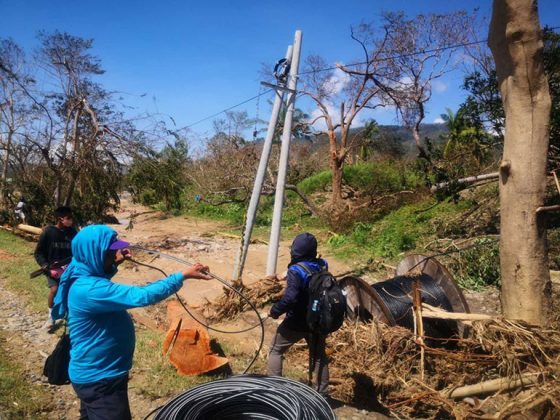
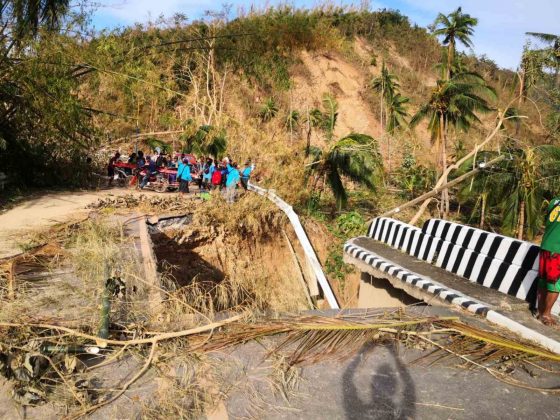




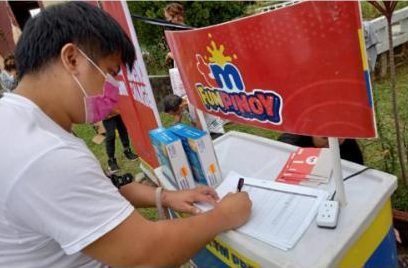



 For more information on Libreng Tawag and Libreng Charging stations set up in the affected areas, please visit
For more information on Libreng Tawag and Libreng Charging stations set up in the affected areas, please visit 


